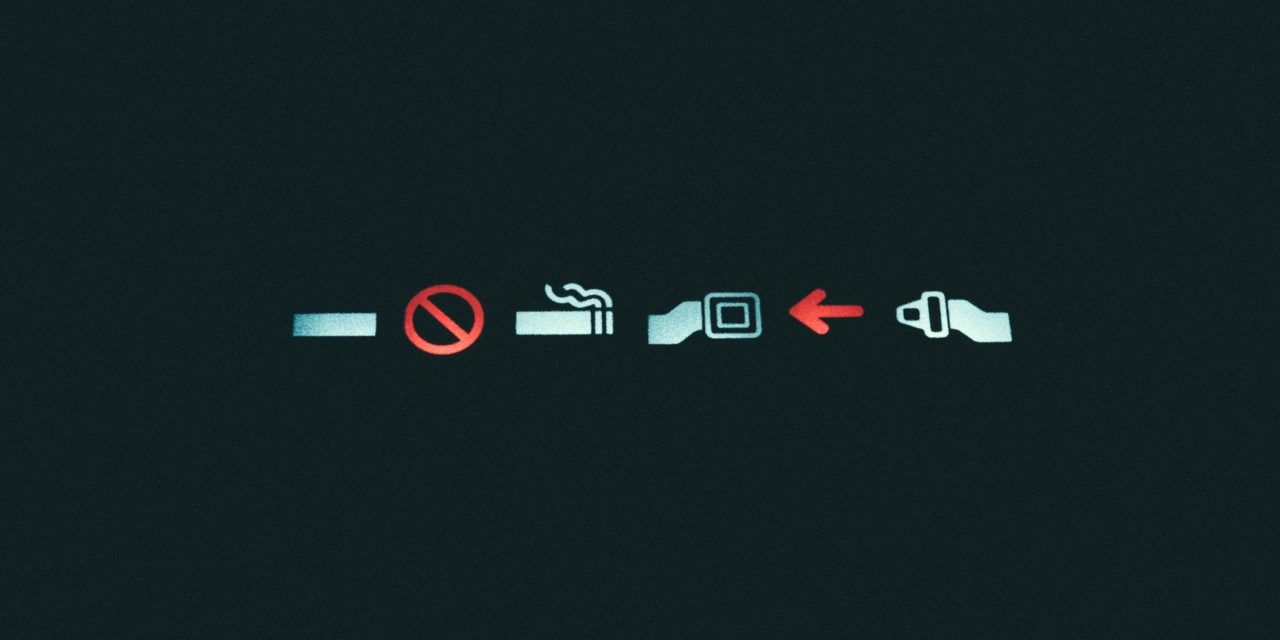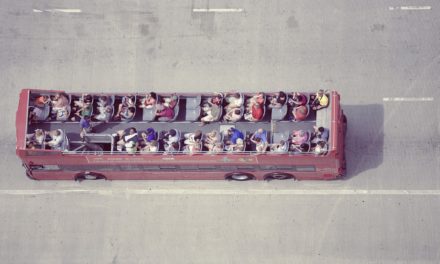We’ve all been there. Flight’s pushed back from the gate, you’ve taxied to the runway and sat a little longer than planned… Next thing you know, you’re a full-fledged adult squirming in your seat like a child, and that seat belt sign is glaring at your face like a mother telling you to sit still.
Or maybe you’re one of the fortunate few who falls asleep right as you take off. Before you know it, the lights are on and flight attendants preparing for landing… and you realize you’ve gotta go! What do you do!?
As a flight attendant myself, I’m here to spirit guide your journey to stress-free travel experiences, today and always. Let’s begin-
WE GET IT
PLEASE never be under the impression that we don’t understand where you’re coming from when nature calls. We’re humans too, and ones familiar with seeing fear in the eyes of someone who’s held it a little too long. There’s never a situation in which we don’t want for you to have what you want for yourself. But like with everything, there are limitations.
LIABILITY
Which brings me to my next point. The reason your flight crew makes multiple PA announcements (and captain toggles on and off that seat belt sign) is because when you’re on our turf, you’re our responsibility. But like a pool with a “no lifeguard on duty” sign, proceeding in certain circumstances can be done at your own risk. However, in order for a flight attendant to not be liable for injuries, they must verbally remind you that the seat belt sign is on if you decide to get up.
WHEN TO DEFINITELY NOT GO
That being said, there are times when you should definitely stay in your seat.
1. While in active taxi – Whether your aircraft is rolling to runway or gate, you better stay seated. Beyond the potential danger it is to yourself and other passengers, the flight attendants are required to let the cockpit know if anyone is up during that time. That can delay the flight, and even pull the aircraft out of line for the runway. Not an ideal situation for anyone!
2. During initial ascent or descent – Emergencies of any sort are statistically more likely during take off and landing. So now I’m stating the obvious, those are the times it’s most vital you’re buckled in. Once the plane starts to level off or the first chime indicates you’ve reached a higher altitude, likewise it becomes more safe to get up. After the flight attendants walk through for final safety checks however, it’s no longer okay for anyone to leave their seat. Those lavatories don’t have windows after all, and I don’t think anyone wants to land inside a plane lavatory (gross!).
3. During moderate or severe turbulence – Anytime high levels of wind chop are predicted, it’s imperative for everyone to remain seated. The captain will inform you of this usually by having the flight attendants be seated, in some cases immediately where they are. A good rule of thumb is if the working crew isn’t allowed to be up, it’s probably not a good idea for you to be. So don’t take a chance, it’s not worth the risk.
MY ADVICE TO YOU
So what can you do to avoid putting yourself and others in harms way? Lots of things!
-Make a habit out of alleviating the problem (literally!) right before boarding
-Drink enough to stay hydrated, but not too much to have to get up every 30 minutes
-Always monitor the time to landing (with the airline’s Internet system or a simple timer on your phone) to better place your breaks
-Lastly, you can never go wrong with listening to the announcements to stay informed!
Still have any questions about that sign above your seat? Throw ’em my way! I’m always happy to help people in finding their own personal travel nirvana. Thanks for coming along!
Visit Miss All Over the Place’s blog for more!





Thanks MissAllOverThePlace, I really appreciate your commenting on this issue. This may be a tough one to bring to the table, but I assure you: I kid you not! I am 6’7″, 61 years old, I am very healthy, BUT: I have 3 kidneys. Meddically proven, so I mean it: I am not joking here. At 61, guys usually need to get up to ‘go’ irregularly, and sometimes again after 10 minutes, for whatever reason (complaints will be filed with the creator when I get ‘up there’). So what to do if the kidneys strike, and I need to go… Read more »
Hey Mark! Thanks for your comment. Of course it’s understandable that different factors (age, health, etc.) come into play here. Factors might I add that flight crews are all too familiar with, although 3 kidneys is a new one for me! My advice to you would be to go ahead and let your flight attendants know during boarding. You don’t have to go into detail, but when medical conditions are communicated beforehand we can better understand and accommodate. Additionally, booking an aisle seat close to the lavatory will be most comfortable (and comforting) for you and others on board. While… Read more »
correction needed :
“Or maybe your one of the fortunate few who…”
Thank you!